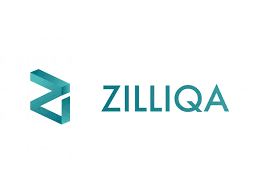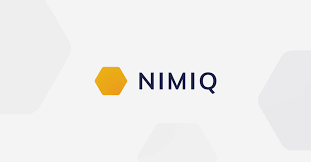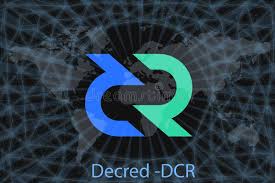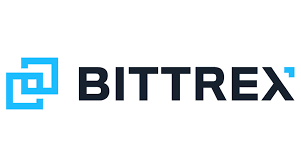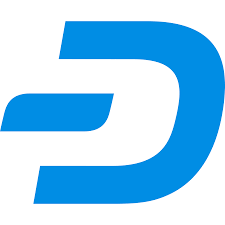Ethereum Classic, a well-known blockchain platform, has forged its own course in the cryptocurrency industry. Ethereum Classic has developed as a symbol of durability and devotion to decentralization ideas as a result of a critical event in the Ethereum community. This essay will go into the fascinating history of ETC, charting its origins, important milestones, and effect on the cryptographic ledger environment.

The DAO hack and the birth of Ethereum Classic
The Ethereum Classic tale begins with an important occurrence in the network. The DAO (Decentralized Autonomous Organization), a widely anticipated crowdfunding initiative built on the Ethereum blockchain, was hacked in June 2016. Millions of Ether (ETH) were lost as a result of this event. In response, the community faced a critical decision: whether to roll back the blockchain through a controversial hard fork or maintain an immutable record.
The Ethereum Hard Fork and the Emergence of ETC
Following the DAO attack, the community agreed to a hard fork, resulting in the formation of Ethereum and Ethereum Classic as distinct cryptographic ledgers. Those who opposed the decision to roll back the blockchain and preferred keeping the immutability of the original blockchain became supporters of Ethereum. Thus, Ethereum Classic was born, upholding the principle that “code is law.”
Ethereum Classic’s principles and vision
ETC’s philosophy revolves around the core tenets of decentralization, immutability, and censorship resistance. Its advocates believe that blockchain systems must remain immutable, with transactions and smart contracts permanently recorded and resistant to alteration. It aims to establish a platform where trust is built upon the transparent and unchangeable nature of the cryptographic ledger.
Development and innovation
Despite its early difficulties, it has matured into an autonomous platform centered on growth and creativity. The Ethereum group has made significant contributions to the ecosystem, delivering a variety of enhancements and updates. Notably, the ECIP process has enabled community-driven decision-making and the deployment of additional features.
ETC Monetary policy and mining
With a restricted quantity of ETC, it maintains a similar monetary strategy as the coin. Miners are rewarded for safeguarding the network, preserving agreements, and verifying transactions on the cryptographic ledger. The Proof-of-Work (PoW) algorithm ensures the security and decentralization of the network, allowing participants to contribute their computational power to the consensus process.
The Road to Atlantis and future upgrades
It has demonstrated its commitment to continuous improvement and network upgrades. The Atlantis hard fork, implemented in September 2019, aimed to enhance interoperability with Ethereum by introducing compatibility improvements. This milestone highlighted ETC’s willingness to collaborate with its sister blockchain while maintaining its distinct identity.
Ethereum Classic’s role in the blockchain ecosystem
ETC’s existence as a separate cryptographic ledger has brought valuable diversity to the blockchain ecosystem. Its emphasis on immutability and adherence to the original principles of the coin have attracted developers and enthusiasts who value a tamper-resistant and censorship-resistant platform. ETC serves as a reminder that blockchain governance should reflect the will of the community and prioritize decentralization.
Community and collaboration
The success of this currency may be credited in large part to its loyal community. Members of the ETC community have actively contributed to its creation, marketing, and acceptance. They have organized conferences, meetings, and hackathons to encourage a collaborative and innovative atmosphere. The Ethereum Classic Cooperative, a non-profit organization, contributes to the ecosystem’s growth and sustainability.
Challenges and resilience
Like any cryptographic ledger project, ETC has faced its share of challenges. The split from Ethereum, limited developer resources, and occasional network attacks have tested the resilience of the ETC community. However, the unwavering commitment to the principles of decentralization and immutability has allowed the coin to persevere and continue its development journey.
Conclusion
The history of ETC demonstrates the strength of perseverance and dedication to fundamental cryptographic ledger ideas. Ethereum Classic, which sprang from the DAO attack and the following Ethereum hard fork, has established itself as a separate blockchain platform, espousing the ideas of decentralization and immutability. ETC, as it evolves, serves as a reminder that cryptographic ledger systems must remain faithful to their basic ideals, promoting trust and allowing creative, robust, and censorship-resistant applications.
